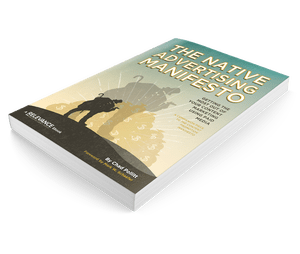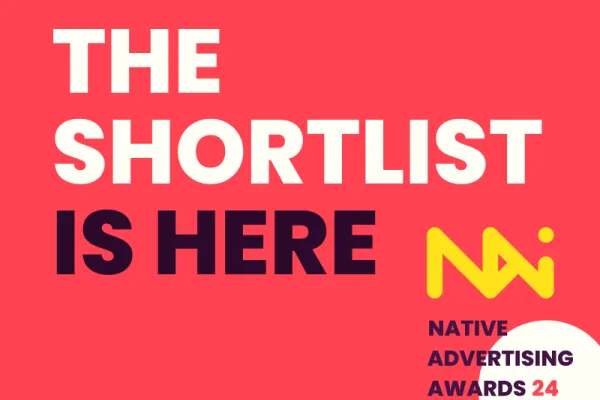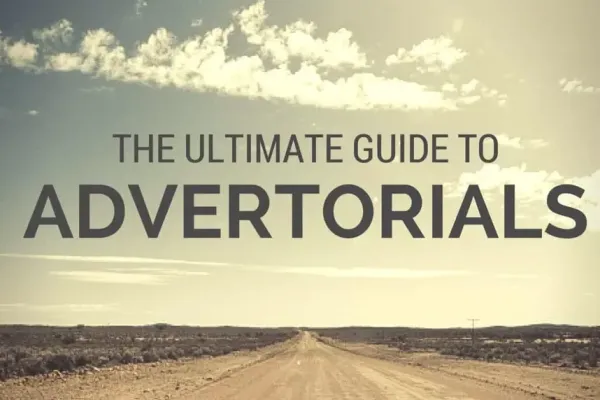For the last several years now there’s been a lot of buzz surrounding influencer marketing as a tactic. And with good reason, too. Working with influencers can help brands get in front of new audiences that trust said influencer. A whole ecosystem of software, technology and services have cropped up to help brands with their influencer endeavors, too.
Add to that the uptick in quasi-celeb types on YouTube, Instagram and other platforms. There’s no shortage of opportunity to leverage influencers in marketing.
There’s only three ways a brand can work with an influencer
That said, there’s only three ways a brand can work with an influencer – hire them and make them an employee (owned media), pay them for their services (paid media), or convince them to collaborate for free (earned media).
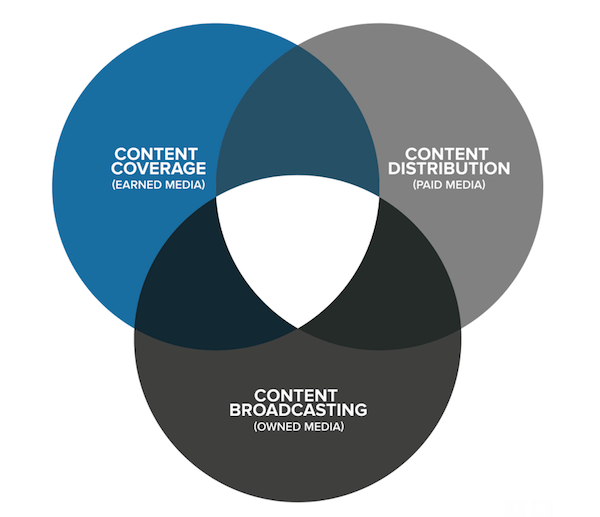
Influencer Marketing
As a result, influencer marketing solutions fall into the earned media category. Some examples would include Cision, BuzzStream, Onalytica, Buzzsumo, etc.
They squarely fall under the earned media circle above, because they don’t facilitate a financial transaction between a brand and an influencer. However, that doesn’t mean the brand can’t offer the discovered influencer a job or payment for their services – hence, the Venn diagram.
Influencer Advertising
Influencer advertising, on the other hand, requires a transaction where something of tangible value exchanges hands. In most cases, that value is financial. However, some innovative technology companies that connect brands with influencers are offering rewards, products and Amazon gift cards.
This type of influencer relationship is a form of native advertising (see the definition below). In fact, it’s the oldest known form of native advertising, dating back to 1885.
“Paid media that matches the form, feel and function of the content of the media on which it appears”
We’ve been able to identify 12 influencer advertising solutions
Based on the research done by the Native Advertising Institute in February, we’ve been able to identify 12 influencer advertising solutions that facilitate some type of transaction between a brand and an influencer. Since the research was published, we’ve identified an additional four vendors in this category.
Sixteen out of just over 300 native advertising technology vendors are influencer advertising platforms.
Influencer Advertising Vendors
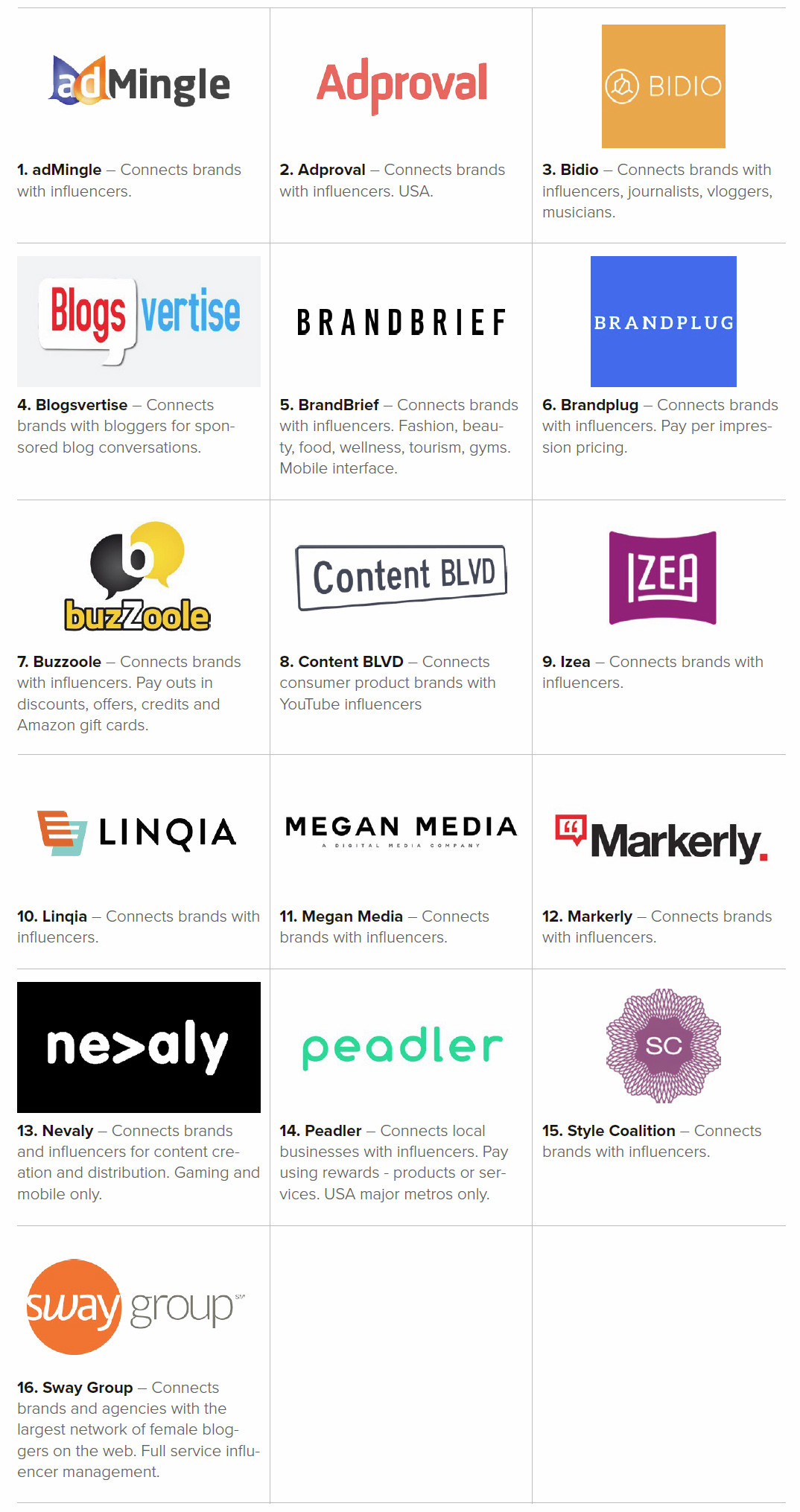
While researching the entire Native Advertising Technology Landscape, we were able to identify the following influencer advertising vendors. The above graphic represents the solutions discovered in the original research.
- adMingle – Connects brands and influencers globally
- Adproval – Connects brands with social media, blog and video influencers. USA.
- Blogsvertise – Connects brands with bloggers for sponsored blog conversations. Global.
- BrandPlug – Connects brands with influencers. Pay per impression pricing. Global.
- Content BLVD – Contects consumer product brands with YouTube influencers. Global.
- Izea – Platform for marketers to discover influencers, pay them and manage workflow of content. Global.
- Linqui – Has over 100K “power-middle” social media and blogging influencers. USA.
- Markerly – Platform for brands to build their own influencer network via campaign management and CRM. White glove service. Global.
- Megan Media – Platform for custom content delivery, influencer activation and digital media campaigns. White glove service. Global.
- Peadler – Connects local businesses with influencers. Pay using rewards – products or services. USA – major metros.
- Style Coalition – Connects brands with lifestyle influencers. Includes analytics and content tracking. Global.
- Sway Group – Connects brands and agencies with the largest network of female bloggers on the web. Full service influencer management. Global.
The below vendors were not discovered during the initial research associated with the Native Advertising Technology Landscape. However, they will be included in next year’s infographic.
- Bideo – Connects brands with influencers, journalists, vloggers, musicians. Global
- BrandBrief – Connects brands with influencers. Fashion, beauty, food, wellness, tourism, gyms. Mobile interface. US, UK, Australia.
- Buzzoole – Connects brands with influencers. Pay outs in discounts, offers, credits and Amazon gift cards. Global.
- Nevaly – Connects brands with influencers. Gaming and mobile only. Global.
Consider the above a resource for identifying potential influencer advertising partners that can help provide scale, measurement, and in many cases, service. All while facilitating the financial transaction between you and the influencers.
The difference between influencer marketing and influencer advertising is the same difference between earned media and paid media
There you have it. The difference between influencer marketing and influencer advertising is the same difference between earned media and paid media. If you’re paying influencers you’re doing a form of native advertising called influencer advertising. If you’re simply finding them, developing relationships, and collaborating on projects with no tangible transaction you’re doing influencer marketing.
 By
By 